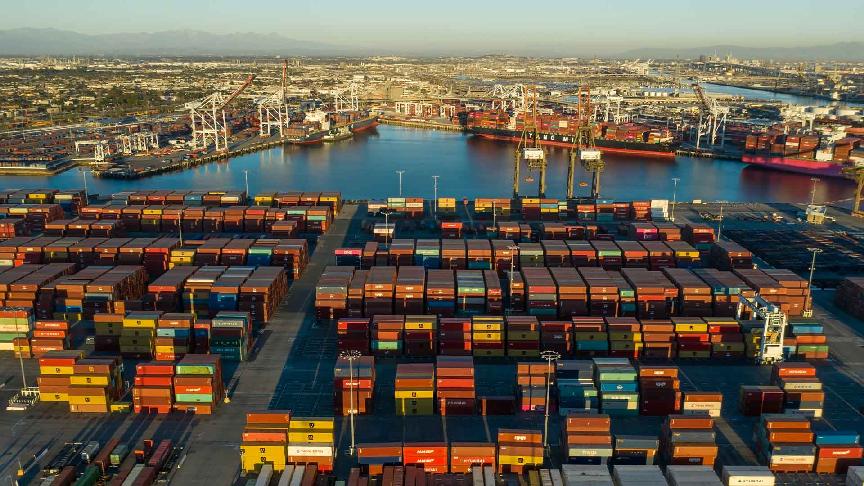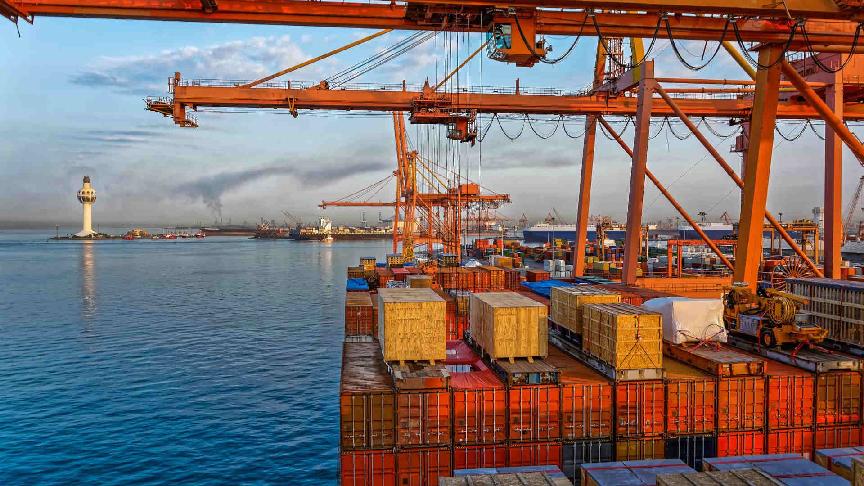5 March 2024 (Lloyd's List) - CHINESE shipping giant Cosco Shipping has continued to send vessels through the Red Sea, where the risk of attacks on commercial shipping shows no signs of abating.
Two of the company-owned panamax dry bulkers, the 2013-built Sheng Heng Hai (IMO: 9505493) and the 2014-built Sheng Ning Hai (IMO: 9663180) have been tracked entering the key international waterway being threatened by Houthi militants.
Both ships have passed through the Bab el Mandeb Strait, with AIS signals showing they are bound for the Suez Canal.
Sheng Heng Hai departed Zhanjiang, China on February 14, and is near Saudi Arabia’s Farasan Island, while Sheng Ning Hai left Shanghai on February 12 and is now approaching Jeddah port.
The first ship has also broadcasted an “ALL CHINESE” message via its Automatic Identification System, a method used by many China-linked vessels to minimise assault risks by emphasising their Chinese identity.
According to Lloyd’s List Intelligence vessel-tracking data, the two geared bulkers had been plying routes between China, and Southeast Asia and India since mid-2023.
Their entry into the Red Sea comes amid continued security risk, with the Belize-flagged bulker Rubymar (IMO: 9138898) recently becoming the first ship sunk by Houthi attacks since the Yemini militia began targeting ships in the region last November.
The sunken ship presents an environmental risk and a navigational hazard to shipping, with a fuel oil slick and 21,000 tonnes of ammonium phosphate sulphate on board.
Seaborne traffic in the area continues to decline amid the worrying situation, according to Lloyd’s List Intelligence data.
Total weekly transits for ships above 10,000 dwt through the Bab el Mandeb amounted to 241 between February 26 and March 3, down from 264 in the previous week, and down 56% compared with the average level before the Houthis escalation in December last year.
The tally for dry bulkers last week was 92, representing a week-on-week drop of 6% and the lowest volume observed since the crisis started.
While the Iran-backed Houthis said they only target ships linked to Israel, the UK and US, there have been exceptions among the casualties, raising concerns that vessels linked to other nationalities could also come under attack.
But Chinese ships are seen as relatively safe assets traversing the Red Sea and Suez Canal given Beijing’s close ties with Tehran and its growing clout in the Middle East.
Last month, two Cosco-operated general cargoships with container capacity were tracked entering the Red Sea, showing evidence the state giant remains undeterred by the security risks in the region and is lured in by the more efficient, shorter journey connecting Asia and Europe.
The two ships are part of the fleet of the Chinese-Polish Joint Stock Shipping Company (Chipolbrok), a Cosco-managed 50-50 joint venture between China’s Ministry of Transport and Poland’s Ministry of Maritime Economy and Inland Navigation.
A sister ship, the 36,947 dwt Chipol Changjiang (IMO: 9703538), was also spotted entering the Red Sea around February 23 and is now transiting the Suez Canal, with its AIS destination set for Huelva port in Spain.
However, vessel-tracking data shows the vast majority of Cosco’s diversified fleet that previously sailed through the Red Sea ships have opted for the longer route around Africa.
Cosco has been approached for comment.







